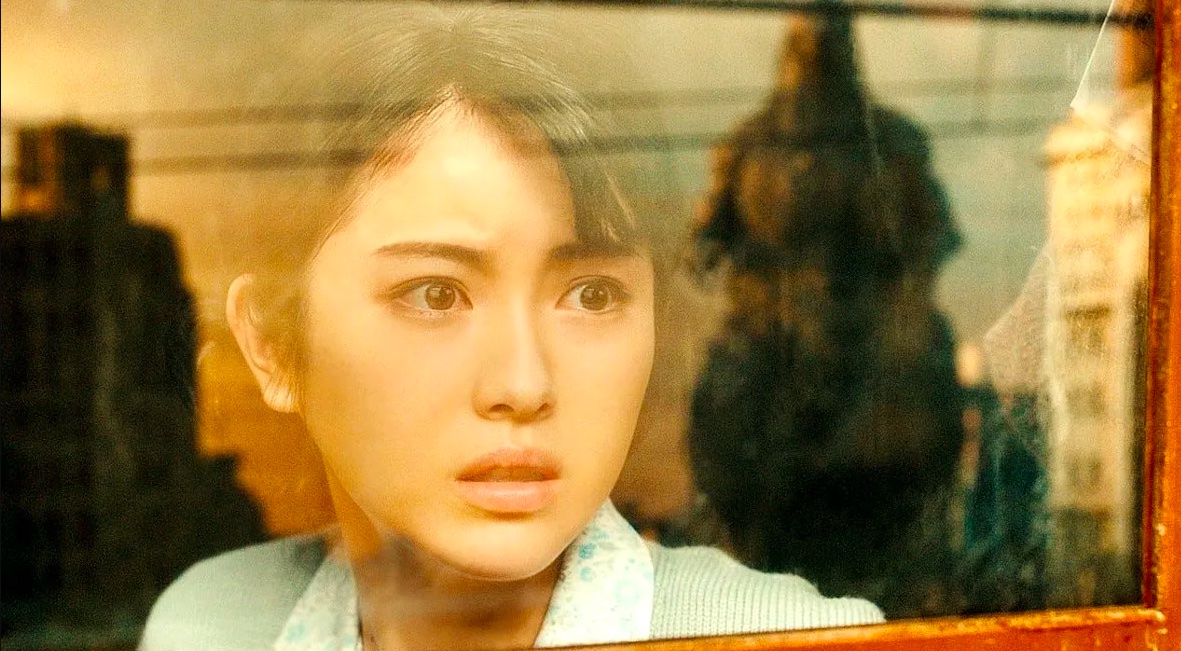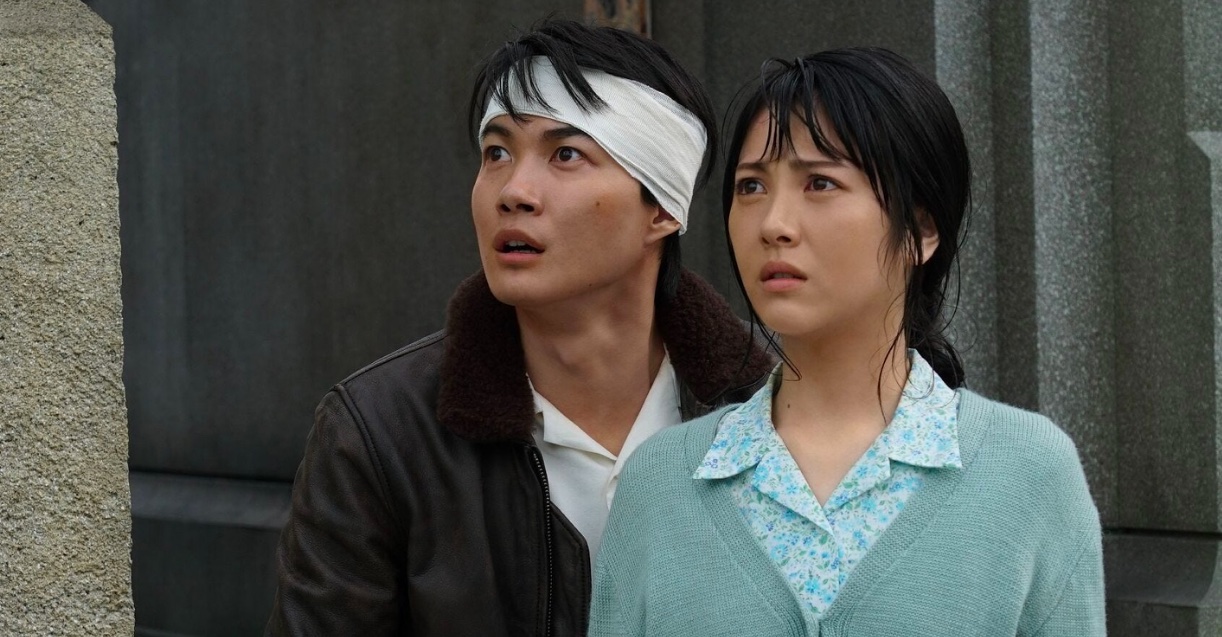Written and directed by Takashi Yamazaki, ‘Godzilla Minus One’ goes back to the roots of the fictional creature’s roots and explores the beginnings of the havoc it wreaks on the modern world. Set in the aftermath of the Second World War, the focus shifts towards Japan, where Kōichi Shikishima, a former kamikaze pilot, is pitted against the wrath of the monster. To save his family and avenge the soldiers killed by Godzilla, Shikishima decides to go all out to destroy the creature. The death of his beloved Noriko in the attack of Godzilla is also one of the reasons why Shikishima is so focused on killing him. In the end, Noriko is revealed to have survived, but it turns out that she and, by extension, Shikishima are not completely rid of Godzilla yet. SPOILERS AHEAD
The Black Mark Confirms the G-Cell Theory and the Possibility of New Villains

In the final scene, when Shikishima and Noriko are reunited in the hospital, the camera lingers on Noriko’s neck, and a black mark appears out of nowhere on it. The reason behind this mark is not explained in the film, but director Takashi Yamazaki revealed that it is, in fact, the result of Godzilla cells, aka G-cells. Considering Noriko’s miraculous survival in the Tokyo attack, where most other people were killed, Yamazaki’s explanation of the black mark explains how she could have survived while also leaving a great deal to be explored in future films.
According to the Godzilla lore, the G-cells hold a lot of promise plot-wise because they open the door for the creation of other creatures. In the previous versions of the story that have explored G-cells, we have seen the creation of two monsters, Biollante and SpaceGodzilla, who make for very interesting villains. Biollante most famously appeared in the 1989 ‘Godzilla vs. Biollante,’ where it was created by a scientist using G-cells. Later, when Godzilla kills Biollante by throwing him into space, the latter ends up in a black hole and leads to the creation of SpaceGodzilla. The film’s mention of G-cells indicates that the creators are interested in exploring these two villains, possibly more, in the future. But what does it mean for Noriko?
The Black Mark on Noriko’s Neck Connects Her to Godzilla
Godzilla is radioactive and we see him use his heat ray, with an impact akin to a nuclear blast, that inundates cities. This is why, when Ginza is completely destroyed by Godzilla, and Noriko still survives with little to no injuries to show for it, it raises several questions about the nature of her survival. The last time we saw her, she was clearly caught up in the blast and was thrown away with such force that it would have been impossible for her to survive. The crash itself would have been so forceful that it would be nothing short of a miracle for a person to stay alive after that, but if someone had exceptional regenerative powers, they would have been able to walk away from the wreck of the city with minimal to no damage at all. This is what happens to Noriko.

The movie doesn’t address how exactly she got the G-cells, but it hints at the one way it could have happened. Following the attack, a news report talks about the parts of the creature’s flesh that were left behind in the city and how any substance of unknown composition is being collected by the authorities. Godzilla leaving behind parts of his skin gives enough for scientists to try and replicate something like him to fight him in the coming films, but this is also how Noriko may have come in contact with G-cells. In the chaos of the attack and the subsequent blast, it is possible that Noriko was exposed to Godzilla’s flesh, and through an open wound, the creature’s blood mixed with hers and gave her G-cells, which allowed her to survive and regenerate despite the severeness of her wounds.
While regeneration is a superpower that anyone would want, in Noriko’s case, it doesn’t necessarily mean good things. Radioactivity is Noriko’s prime concern. What if the regeneration is just a short-term effect of G-cells, while in the long term, they continue to eat away at her and destroy her eventually? This is a more likely scenario considering how ‘Godzilla Minus One’ is used as an allegory for the nuclear fallout and its impact on the Japanese people. Following the atomic bombs on Hiroshima and Nagasaki, the people who survived the blast seemed lucky only in the immediate aftermath; the radiation killed them later. The director reflects this reality through Noriko, whose survival makes it feel like a happy ending for her and Shikishima, but it isn’t really so.
Read More: Godzilla Minus One: Similar Monster Movies You Must Not Miss


You must be logged in to post a comment.